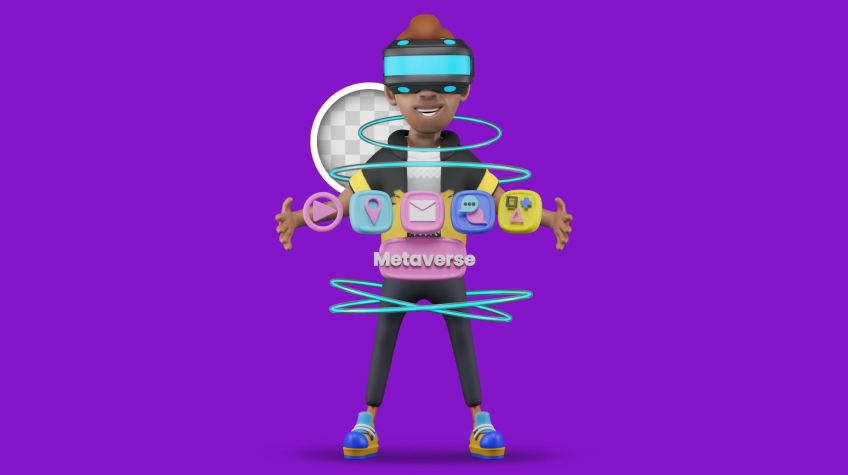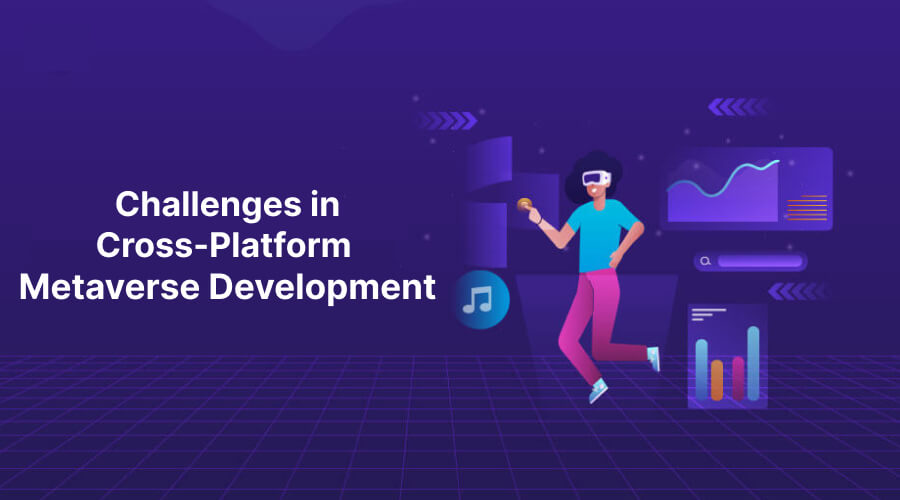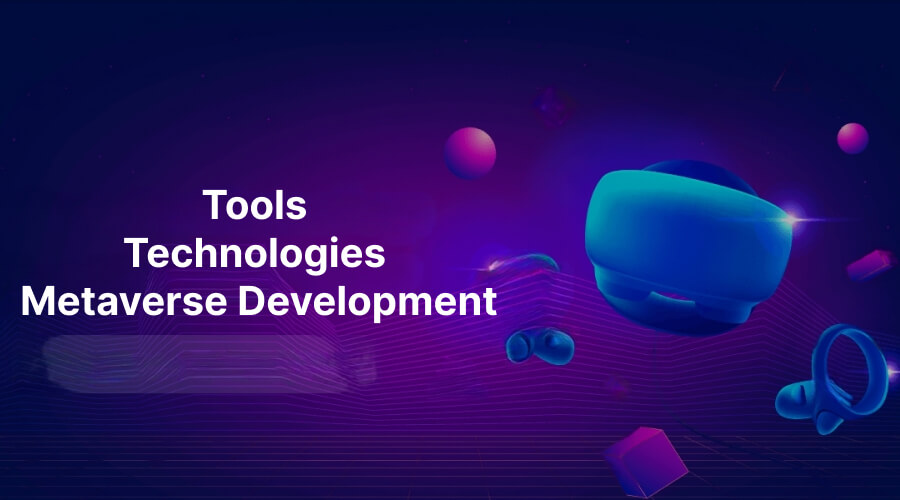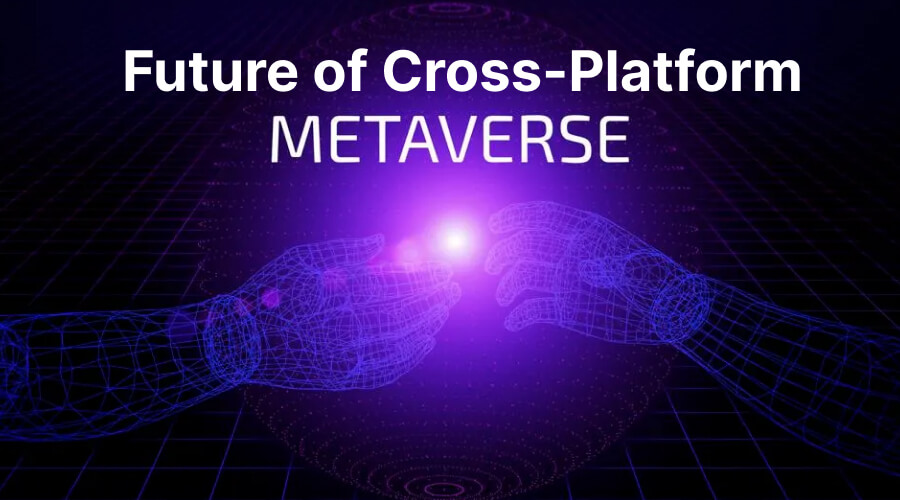
The concept of the metaverse has gained significant traction in recent years, captivating the imaginations of both technologists and enthusiasts alike. As the boundaries between physical and digital realities continue to blur, cross platform metaverse development has emerged as a key focus area for developers and businesses. In this article, we will explore the realm of cross platform metaverse development, its importance, challenges, strategies for success, relevant tools and technologies, real-world applications, and the future it holds.
What is the Metaverse?

1. Understanding the Metaverse
The metaverse refers to a collective virtual shared space that encompasses augmented reality (AR), virtual reality (VR), and the internet. It represents a fully immersive and interactive digital environment that allows users to engage with one another and experience various forms of content.
2. Evolution of Virtual Realities
The metaverse is an evolution of virtual realities, which have seen significant advancements over the years. From the early days of 2D and 3D graphics to the rise of VR headsets and AR-enabled devices, virtual realities have become more sophisticated and accessible, setting the stage for the metaverse.
3. The Concept of Cross-Platform Development
Cross-platform development in the context of the metaverse refers to the ability to seamlessly interact and navigate between different virtual reality platforms and devices. It involves creating experiences that are not limited to a single platform or apps, allowing users to explore and engage with the metaverse regardless of their chosen hardware or software.
Importance of Cross Platform Metaverse Development
1. Enhancing User Experience
Cross platform metaverse development is crucial for delivering a consistent and immersive user experience across multiple devices and platforms. By eliminating fragmentation and enabling seamless transitions, users can enjoy a unified metaverse experience without restrictions.
2. Breaking Down Barriers
Cross-platform development also plays a vital role in breaking down barriers between different virtual reality ecosystems. It encourages collaboration, interoperability, and compatibility, fostering a more inclusive and interconnected metaverse.
3. Expanding Market Reach
By embracing cross platform metaverse development, businesses can reach a broader audience and tap into new market segments. This approach allows for greater accessibility and participation, driving the adoption of the metaverse on a global scale.
Challenges in Cross Platform Metaverse Development

1. Technical Compatibility
One of the key challenges in cross platform metaverse development is ensuring technical compatibility between different devices, operating systems, and platforms. Developers need to overcome the complexities of hardware variations and software limitations to deliver a seamless experience.
2. Data Privacy and Security
As the metaverse becomes more intertwined with users’ personal data and experiences, data privacy and security become critical concerns. Developers must implement robust security measures to protect user information and prevent unauthorized access or data breaches.
3. Standardization
The lack of industry-wide standards poses a significant challenge in cross platform metaverse development. Establishing common protocols, frameworks, and specifications is crucial for ensuring compatibility and interoperability between different platforms and devices.
Strategies for Successful Cross Platform Metaverse Development
1. Prioritize Interoperability
Interoperability should be a top priority when embarking on cross platform metaverse development. By adhering to open standards and protocols, developers can ensure seamless interactions between different virtual reality platforms and devices.
2. Focus on User-Centric Design
Adopting a user-centric design approach is essential for creating engaging and intuitive experiences within the metaverse. Developers should prioritize user feedback, conduct thorough usability testing, and iterate on their designs to deliver a seamless and immersive user experience.
3. Implement Robust Security Measures
Given the sensitive nature of user data within the metaverse, implementing robust security measures is paramount. Developers must incorporate encryption, authentication, and access control mechanisms to protect user information and maintain trust.
4. Establish Industry Standards
To address the challenges of cross platform metaverse development, industry collaboration is crucial. Developers, technology providers, and regulatory bodies should work together to establish common standards and best practices that promote compatibility and security across the metaverse.
Tools and Technologies for Cross Platform Metaverse Development

1. Unity
Unity is a popular metaverse game engine that enables developers to create interactive and immersive experiences for various platforms, including virtual reality. Its cross-platform capabilities make it a go-to choice for metaverse development, offering a rich set of tools and resources.
2. Unreal Engine
Unreal Engine is another powerful game engine widely used in metaverse development. It provides a robust framework for creating visually stunning and highly interactive virtual reality experiences across different platforms.
3. Web-Based Solutions
Web-based solutions, such as WebVR and WebXR, offer an accessible and platform-agnostic approach to metaverse development. Leveraging the power of web technologies, developers can create cross-platform metaverse experiences that can be accessed directly from a web browser.
Real-World Applications of Cross Platform Metaverse Development
1. Gaming and Entertainment
Gaming and entertainment are natural fit for the metaverse, offering immersive and interactive experiences to users. Cross platform metaverse development allows gamers to engage with virtual worlds, collaborate with others, and explore new forms of gameplay.
2. Education and Training
The metaverse has significant potential in the field of education and training. By creating virtual classrooms, immersive simulations, and interactive learning environments, cross platform metaverse development can revolutionize the way we acquire knowledge and skills.
3. E-Commerce and Retail
The metaverse presents exciting opportunities for e-commerce and retail businesses. By creating virtual stores and marketplaces, cross platform metaverse development enables customers to browse and purchase products in a unique and immersive way.
4. Communication and Social Networking
Cross platform metaverse development also has implications for communication and social networking. Users can connect with friends, attend virtual events, and participate in shared experiences, fostering social interactions within the metaverse.
Future of Cross Platform Metaverse Development

1. Advancements in Virtual Reality Technologies
As virtual reality technologies continue to evolve, cross platform metaverse development will become even more seamless and immersive. Advancements in hardware, software, and networking will unlock new possibilities for creating interconnected virtual realities.
2. Seamless Integration of Physical and Digital Worlds
The future of cross platform metaverse development lies in the seamless integration of the physical and digital worlds. Technologies like augmented reality and mixed reality will bridge the gap between virtual and real-life experiences, blurring the boundaries even further.
3. Emergence of New Business Opportunities
With the metaverse gaining traction, new business opportunities are bound to emerge. From virtual real estate to metaverse development services, the cross-platform metaverse ecosystem will create a thriving market with endless possibilities.
Conclusion
Cross platform metaverse development is a critical enabler for bridging virtual realities and creating a unified and immersive digital environment. By prioritizing interoperability, focusing on user-centric design, and addressing challenges such as compatibility and security, developers can shape the future of the metaverse. As technologies continue to advance, the metaverse holds immense potential for gaming, education, e-commerce, communication, and beyond. Embrace the possibilities of the metaverse and unlock a new era of digital experiences.






